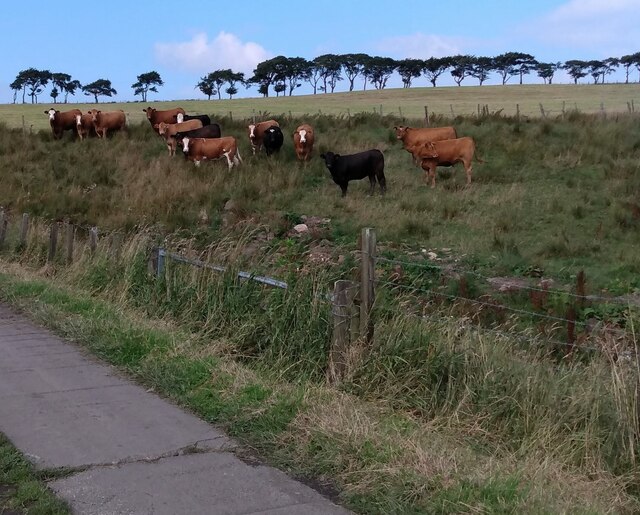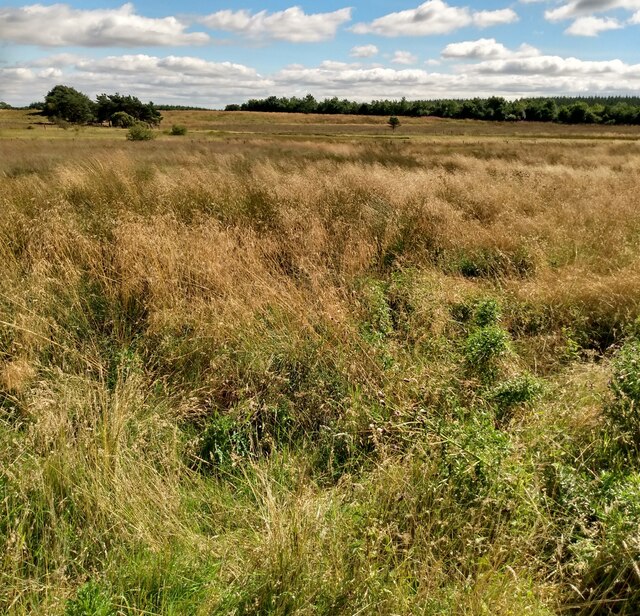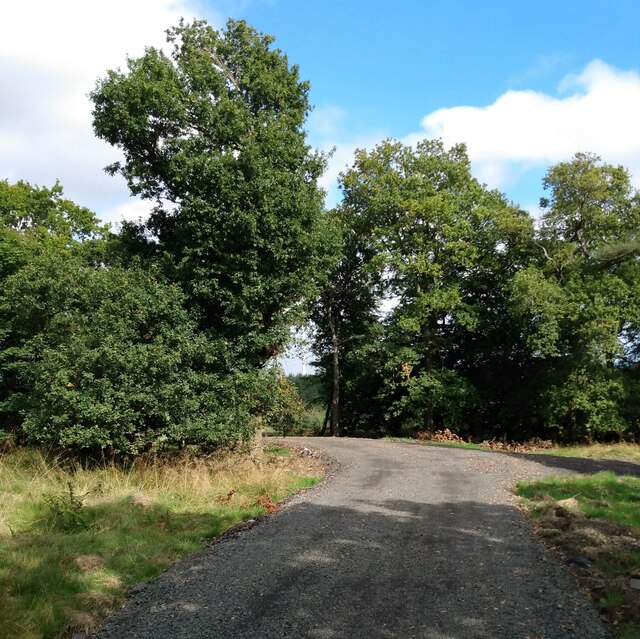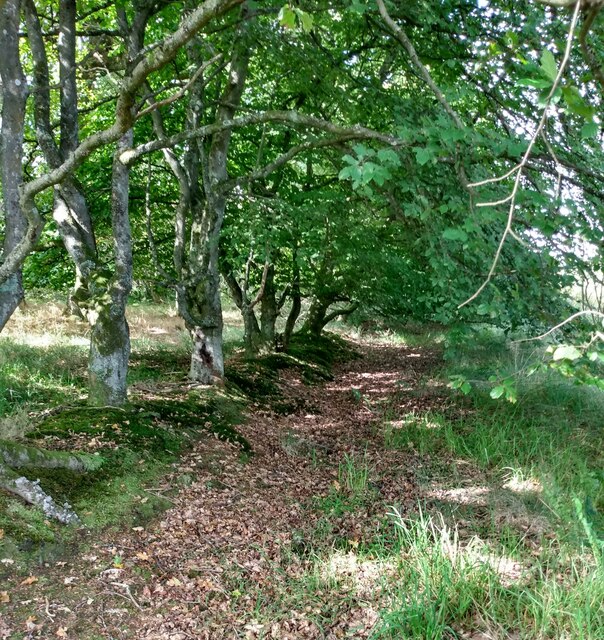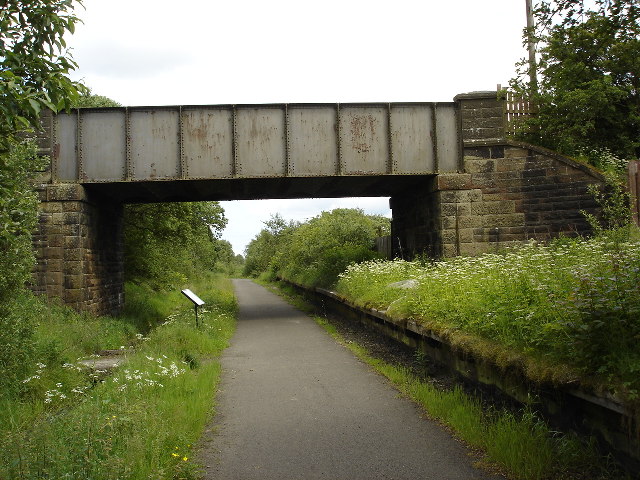West Drumbeg Wood
Wood, Forest in West Lothian
Scotland
West Drumbeg Wood

The requested URL returned error: 429 Too Many Requests
If you have any feedback on the listing, please let us know in the comments section below.
West Drumbeg Wood Images
Images are sourced within 2km of 55.891201/-3.804585 or Grid Reference NS8767. Thanks to Geograph Open Source API. All images are credited.
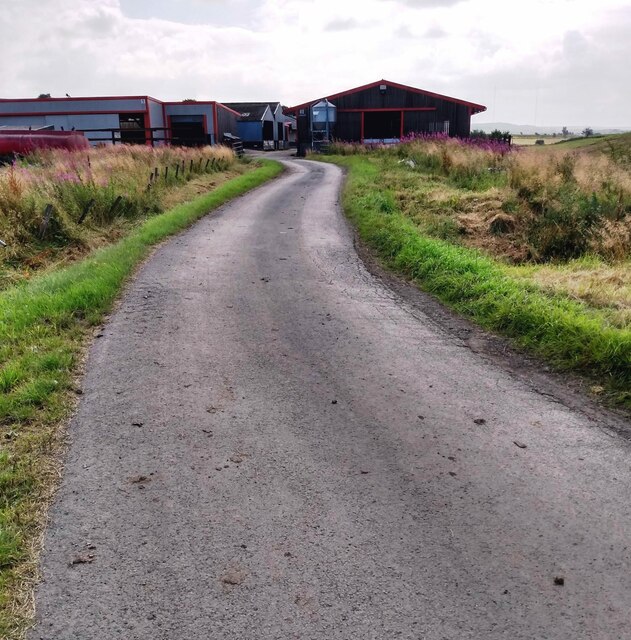
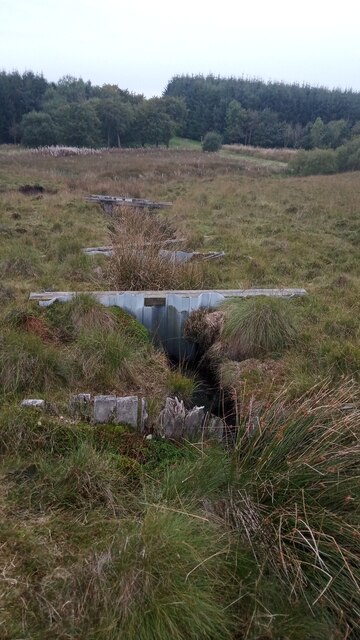
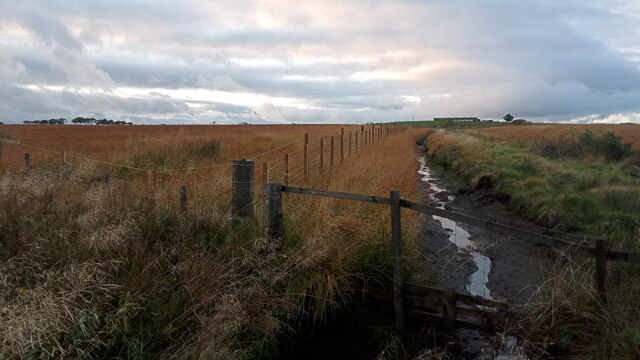
West Drumbeg Wood is located at Grid Ref: NS8767 (Lat: 55.891201, Lng: -3.804585)
Unitary Authority: West Lothian
Police Authority: The Lothians and Scottish Borders
What 3 Words
///duke.widely.hounded. Near Blackridge, West Lothian
Nearby Locations
Related Wikis
Blawhorn Moss
Blawhorn Moss is a raised bog located to the northwest of the village of Blackridge, about 6 kilometres (3.7 mi) west of Armadale in the council area of...
Hillend Loch Railway Path
The Hillend Loch Railway Path, also known as the Airdrie to Bathgate Railway Path, is a rail trail located in central Scotland. The path is approximately...
A89 road
The A89 is a trunk road in Scotland, United Kingdom. It runs from High Street, Glasgow to Newbridge in Edinburgh. It was once the A8, which has now been...
Forrestfield railway station, NBR
Forrestfield railway station served the settlement of Forrestfield, North Lanarkshire, Scotland from 1862 to 1930 on the Bathgate and Coatbridge Railway...
Nearby Amenities
Located within 500m of 55.891201,-3.804585Have you been to West Drumbeg Wood?
Leave your review of West Drumbeg Wood below (or comments, questions and feedback).


